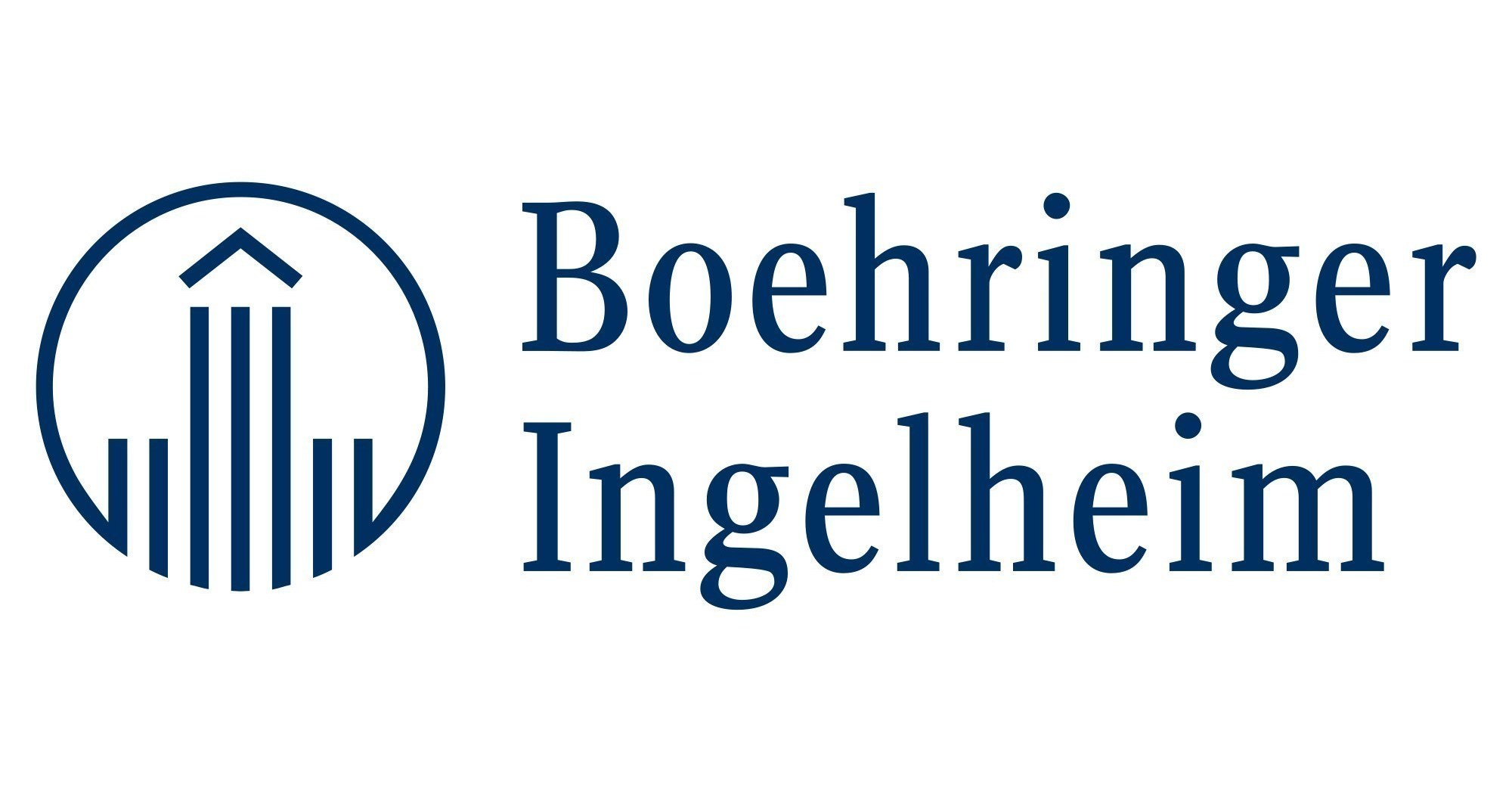- Weekend Rounds
- Posts
- Are we loving our pets to death?
Are we loving our pets to death?
Plus: an inside look at the largest veterinary provider
Hello 👋
Welcome back to another edition of Weekend Rounds!
The authors of this newsletter and co-founders of your favorite veterinary microlearning community, Obi Veterinary Education, are both relatively recent fathers so we decided to take a week off last week for Father’s Day. It was a win-win, since we got some much needed R+R and it means this week’s edition is stacked with great content. From the New York Times, to the BBC, to Yahoo! - all the big dogs came out to play today:
💔 Are we loving our pets to death?
🍫 Inside the sprawling operation of the largest veterinary provider
🧠 How new research is convincing scientists that animals are conscious
😆 Cartoons on the struggles of our profession
🚀 Quick hits
💔
Are we loving our pets to death?
It was a salacious headline from the New York Times this week, but it definitely did its job and caught our eye. So let’s dive in… are we loving our pets to death?
The argument that the article makes is that as our pets become more like family, and we cater to their every need (customized nutrition plans, knapsack carriers, boutique cat hotels, expensive enrichment toys, and the list goes on), the more constrained and dependent they have become. Over time - either a single life span for some dogs, or more likely over generations - this can lead health and behavioral issues.
“The problem is, dogs and cats are not children, and owners have become increasingly protective and restrictive. So animals are not able to express their own doggy and catty natures as freely as they might. Owners don’t want dogs to act like dogs.”
In addition to the physiological effects of modern breeding practice which we are all painfully familiar with, the major outcome of this shift is an increase in confinement and isolation. We are quickly changing our animals’ relationship to their surroundings. Cats now spend their entire lives inside, and an unleashed dog anywhere but a fenced backyard is considered wrong. These animals are no longer able to lead the lives their evolution prepared them for.
As the article points out, the confinement and isolation have led to an increase in animal separation anxiety and aggression. And new data suggests that roughly 60 percent of cats and dogs are overweight or obese.
And perhaps most applicable to us… due in part to the expenses of modern pet ownership — veterinary fees, pet sitters, boarding costs — more pets are being surrendered to shelters, leading to higher rates of euthanasia. In 2023, over 359,000 dogs were euthanized in shelters across the US, according to Shelter Animals Count.
However, as pets are treated more like family, they can receive state-of-the-art treatment for illnesses that would otherwise be fatal, the number of fatal pet car accidents has dropped, and they’ve become accepted parts of society welcome in many restaurants, parks, and coffee shops.
So, what do you think?
Is the modern pet health ecosystem, and our desire to treat pets more like family, a good thing or bad thing for our animals?This is a complex question. Leave a comment with your answer and we'll keep the discussion going next week. |
🍫
A look inside the largest veterinary operation
If you noticed the chocolate bar emoji in in the introduction, you either thought it was a mistake or you knew exactly what was up. This week, Yahoo! Finance published a mini deep dive into Mars - the candy maker turned veterinary health conglomerate. So how did this veterinary empire get going? Here’s a quick (and very abridged) timeline to set the stage:
1991 - Mars was founded in 1911 by Frank C. Mars in Tacoma, Washington.
1935 - Mars enters the pet food industry with the acquisition of U.K. maker of CHAPPIE canned dog food, later renaming it to Pedigree Petfoods. By 1991, Mars controlled 60% of the pet food market, both in volume and value.
1994 - Mars enters the vet clinic market by acquiring a stake in Banfield Pet Hospital; later finishing the acquisition in 2007.
2003 - Mars acquired Aquarium Pharmaceuticals, Inc.
But things really started to take off around 2015 with a number of strategic purchases:
2015 - Acquired BluePearl, then one of the biggest chains of emergency care clinics for companion animals
2017 - Took VCA private in a massive deal that added 800 hospitals to its roster and solidified it as the leading provider of animal care
2018 - Expanded to Sweden via the purchase of AniCura, and the U.K. via Linnaeus
2023 - Purchases Heska for $1.3B
Focusing on pet health has been an incredible financial win for Mars. As Fortune reported at the time, in 1994 Mars produced annual sales of $13 billion and was bleeding money. That was the same year they acquired a portion of Banfield and established a partnership with PetSmart to open clinics inside their retail stores. Since entering the vet space, Mars’ revenue has jumped 284% and become one of their most important business segments. Just look at the stats:
Mars employs about 150,000 people worldwide. About 50% work under the Mars Veterinary Health banner.
Mars Veterinary Health operates a network of about 3,000 veterinary clinics and hospitals worldwide.
Mars has made roughly 30 acquisitions since the 1990.
After five major acquisitions in 2022, and four in 2023, Mars has yet to buy any vet clinics this year - though that could change shortly as the company is in talks to acquire Cerba Vet in France.
The majority (51%) of veterinary clinics in the U.S. are still owned and operated by independent veterinarians but the presence of private equity and corporate acquisition strategies have shaped the economic landscape of the profession since 2020. But as we covered two weeks ago - the future of vet med could be creative thinking on new business models.
🧠
Conscious animals
Since people began studying animals, attributing consciousness to animals based on their responses was deemed foolish. After all, there was no way of testing what goes on in animals’ minds so attributing human traits, feelings, and behaviours was less scientific and based more on a gut feeling.
But opinions among leading scientists are shifting… we now know that bees can count, recognize human faces, and learn how to use tools. Prof Lars Chittka of Queen Mary University in London has worked on a number of studies that show how bees modify their behaviour following a traumatic incident and seemed to be able to play by rolling small wooden balls. His work has led him to believe that bees are conscious, and he’s not alone.
As the BBC outlined recently, many experts believe that now is the time to re-think animal consciousness amidst a flurry of new evidence from different fields.
 Courtesy of the BBC |  Courtesy of the BBC |
The full article has much more on each study and the leading researchers behind these findings. But there is one study not mentioned in the BBC article that we’d like to draw attention to: elephants seem to have names for one another, indicating some sense of self and other. We love it.
✏️
Vet Cartoons
We recently discovered Dr. Greg Bishop - a veterinarian, illustrator, writer and self-described “whatever-elser” who caught our eye with some veterinary New Yorker style cartoons about all the frustrating things clients do at our clinics. Here are some of our favorites from his latest post:



Well done, Dr. Bishop! Give him a follow on Instagram.
🚀
Quick Hits
Here are some of the other stories that caught our eye and we're following this week from around the veterinary world and animal kingdom:
How did we do today?Tell us what you thought of this edition of Weekend Rounds so we can keep improving! |








